Have you ever looked at a tiny bug, a giant whale, and a soaring eagle — and wondered, how are they all animals? How do scientists tell them apart? And more importantly, how do they decide which animals are related?
The world is full of living creatures — some you see every day, and some you may never see at all. Some live in water, some fly in the sky, and others crawl under the ground. There are millions of animals, and each one is special in its own way.
But even with so many differences, animals have things in common. That’s why scientists use a smart system to group animals by what they share — like how they move, what they eat, how they grow, and how their bodies work. This system is called classification, and it helps us understand animals better, like putting together the pieces of a giant living puzzle.
What Is the Animal Kingdom?
The animal kingdom is one of the main groups scientists use to sort living things. It includes every creature that eats, breathes, moves, and grows — from buzzing bees to barking dogs to giant elephants. If it’s alive, moves on its own, and isn’t a plant or fungus, chances are it’s part of the animal kingdom.
But this kingdom is huge. There are more than a million kinds of animals that scientists know about — and even more that haven’t been discovered yet. Because of this, scientists needed a way to keep things organized. That’s where classification comes in.
Why Classify?
Imagine walking into a library with no shelves or labels. Books would be stacked in piles, and you wouldn’t know where to start. That’s how nature would feel without classification — like a wild mess with no order.
So scientists sort animals into smaller groups based on things they can observe — like what kind of body the animal has, if it has a backbone, how it moves, or where it lives. This helps us understand not just what the animal is, but how it relates to others.
For example, dolphins and sharks both swim in the ocean, but they are not the same type of animal. Dolphins breathe air and have babies like us — so they are mammals. Sharks lay eggs and breathe through gills — so they are fish. Knowing this helps us learn how they live and how to protect them.
The Big Divide: Vertebrates and Invertebrates
One of the first things scientists look at when classifying an animal is whether it has a backbone or not.
If the animal has a backbone, it’s called a vertebrate. Humans, dogs, birds, frogs, and fish are all vertebrates. They have bones inside their bodies that help them move and give them shape.
If it doesn’t have a backbone, it’s called an invertebrate. This group includes jellyfish, worms, insects, spiders, and many sea animals like octopuses and corals. They don’t have bones inside, but they still have special ways of staying strong and moving.
Even though invertebrates are smaller and sometimes simpler, they make up almost 95% of all animal species on Earth. That’s a big deal!
The Five Main Groups of Vertebrates
All vertebrates have one big thing in common: a backbone. But within this group, animals are still very different from each other. To make sense of these differences, scientists divide vertebrates into five smaller groups — fish, amphibians, reptiles, birds, and mammals.
Let’s explore each group more closely, one by one.
1. Fish – The Swimmers of the Sea
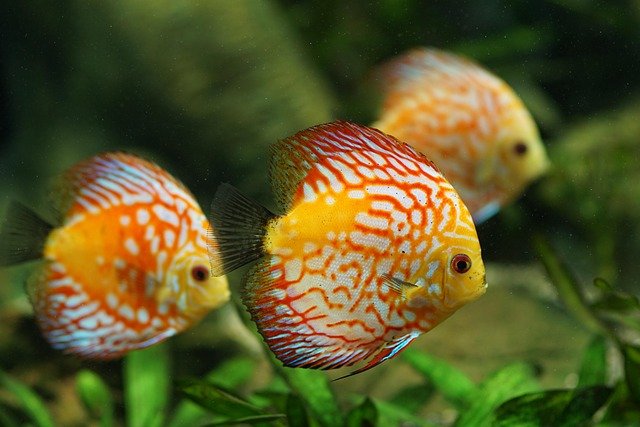
Fish are the oldest vertebrates on Earth. They’ve been around for millions of years, swimming in rivers, lakes, and oceans.
Fish live in water their whole lives. They breathe through gills, not lungs, so they don’t need to come up for air. Most fish have scales on their bodies and fins that help them swim.
Fish lay soft eggs, often in large numbers. After the eggs hatch, the babies are on their own — most fish parents don’t stick around to care for them.
Some fish, like clownfish and goldfish, are small and live in home tanks. Others, like tuna and sharks, are large and powerful, swimming deep in the open ocean and live in a marine ecosystem.
2. Amphibians – Born in Water, Grown on Land
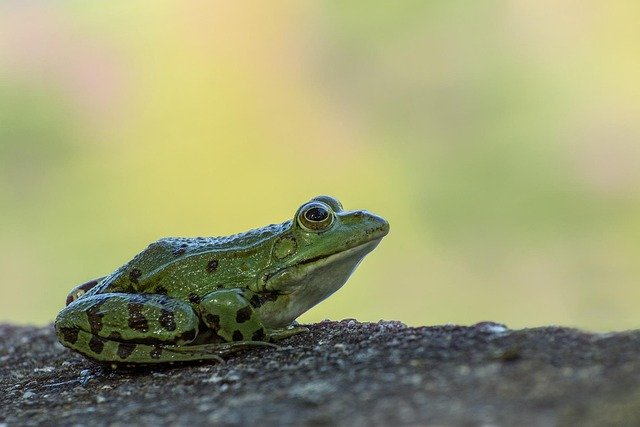
Amphibians are special because they live two lives. When they’re babies, they live in water, breathing with gills. But as they grow up, they change — growing lungs and legs to move and breathe on land. That’s called metamorphosis.
Frogs, toads, and salamanders are all amphibians. Frogs for example evolve from tadepoles to adult frogs. Their skin is soft and moist, not scaly. They need damp places to survive and often return to water to lay their eggs, which are jelly-like and soft.
Because amphibians breathe partly through their skin, they are very sensitive to pollution and changes in the environment. They’re like little nature warning signs — when they’re healthy, it means the environment is healthy too.
3. Reptiles – Scaly and Strong
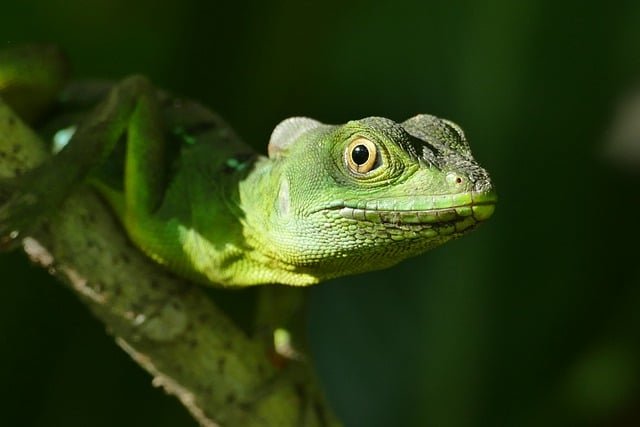
Reptiles are land animals that have dry, scaly skin. This skin protects them and helps keep moisture inside their bodies.
Reptiles lay leathery eggs on land. Unlike amphibians, they don’t need water to reproduce. Reptiles breathe with lungs from the start and are excellent at surviving in hot, dry places.
Snakes, lizards, crocodiles, and turtles are reptiles. Some, like lizards, have legs. Others, like snakes, don’t. Some reptiles, like turtles, even have hard shells for protection.
They are cold-blooded, which means their body temperature changes with the weather. That’s why you often see them sunbathing — they’re warming up!
4. Birds – The Feathered Flyers
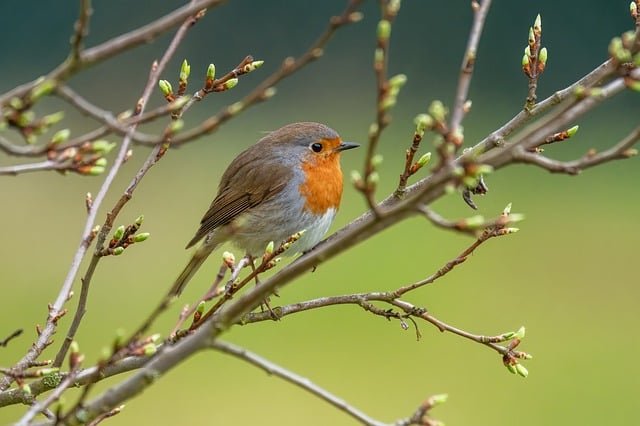
Birds are easy to spot because they all have feathers. They are warm-blooded, so they keep their body at the same temperature no matter where they go. This helps them stay active in all kinds of weather.
Most birds can fly, thanks to their light bones and strong chest muscles. But not all birds fly — ostriches, emus, and penguins are flightless, but they still belong in this group.
Birds lay hard-shelled eggs, usually in nests. They use their beaks to eat and care for their young. Many bird parents take great care of their babies, feeding them until they’re ready to fly on their own.
From hummingbirds to eagles, birds come in every color, shape, and size — and they live all over the world.
5. Mammals – Warm, Furry, and Caring
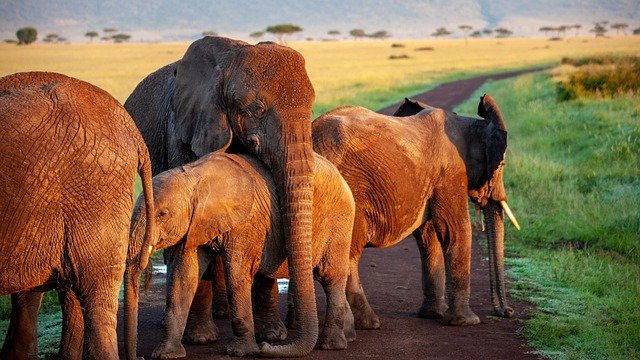
Mammals are a group we know very well — because we are mammals too!
Mammals are warm-blooded, have hair or fur, and feed their babies with milk from the mother. Most mammals give birth to live young, though a few, like the platypus, lay eggs!
Dogs, cats, bears, whales, elephants, and humans — they all belong in this group.
One special thing about mammals is how much they care for their young. They protect, feed, teach, and raise their babies — sometimes for months or even years. This care helps young mammals survive and grow strong.
Mammals also have bigger brains compared to their body size, which helps them learn, solve problems, and remember things. Few of the mammals like camels, polar bears can adapt to extreme nature conditions.
Invertebrates – The Boneless Wonders of the Animal Kingdom
Not all animals have a backbone. In fact, most don’t. Nearly 95 out of every 100 animals on Earth are invertebrates. That means they don’t have a spine, or any bones at all. But that doesn’t make them weak or boring — it actually makes them incredibly interesting!
Invertebrates come in every shape and size. Some are squishy, some have hard outer shells, and some are so tiny you can barely see them. Yet all of them have found clever ways to move, protect themselves, and survive — without needing a skeleton inside.
Let’s take a look at some of the main types of invertebrates that scientists study and admire.
Insects – Small Bodies, Big Numbers
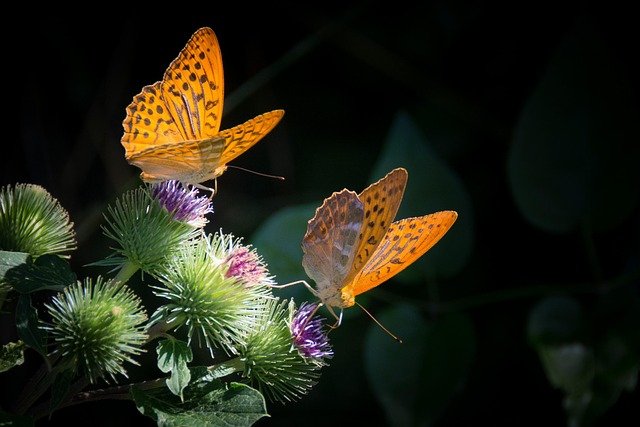
Insects are everywhere — in the air, on the ground, even in your garden. They have three body parts (head, thorax, abdomen), six legs, and often wings.
Ants, butterflies, beetles, bees, grasshoppers — these are all insects. They’re tiny, but they play a huge role in nature. Bees pollinate flowers. Beetles break down waste. Ants clean the ground.
Insects lay eggs and go through life changes called metamorphosis, where they may completely change shape — like a caterpillar turning into a butterfly.
Arachnids – The Eight-Legged Crawlers
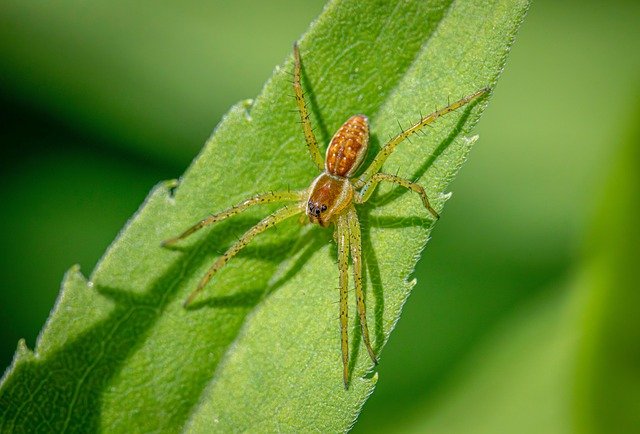
Arachnids include spiders, scorpions, ticks, and mites. They have eight legs and two body parts — not three like insects.
Spiders are perhaps the most famous arachnids. They spin webs to catch food and can live almost anywhere — even in your house! While some look scary, most arachnids are harmless and help by eating bugs that humans don’t want around.
Mollusks – Soft and Sometimes Shelled
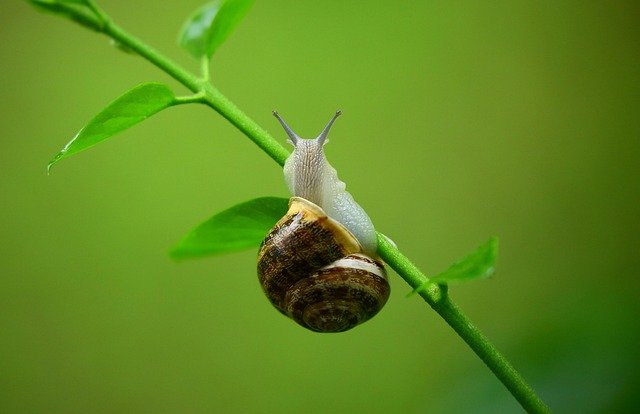
Mollusks are soft-bodied animals. Some, like snails, clams, and oysters, grow hard shells to protect themselves. Others, like octopuses and squids, have no outer shell at all.
Mollusks often live in water, but snails can also be found on land. Octopuses are some of the smartest invertebrates, with brains that can solve puzzles and escape from tight spaces.
Crustaceans – The Ocean’s Hard-Shelled Team
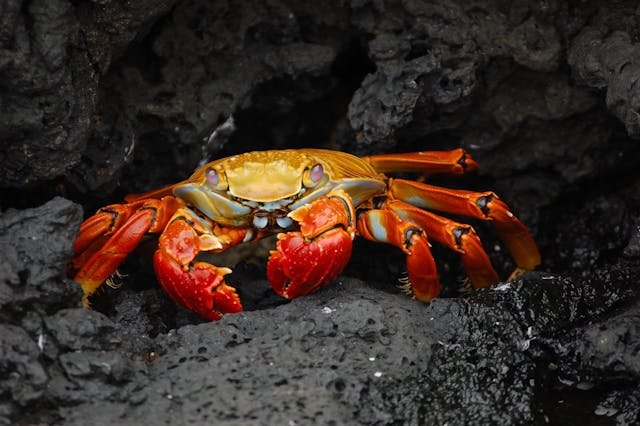
Crabs, lobsters, shrimp, and barnacles are crustaceans. They usually live in the ocean and have hard outer shells called exoskeletons that protect their soft bodies inside.
They also have multiple pairs of legs and claws to help them move, eat, and defend themselves. Crustaceans are part of the same big group as insects, and like insects, they grow by molting — shedding their shell when it gets too tight.
Worms – Long, Soft, and Very Useful
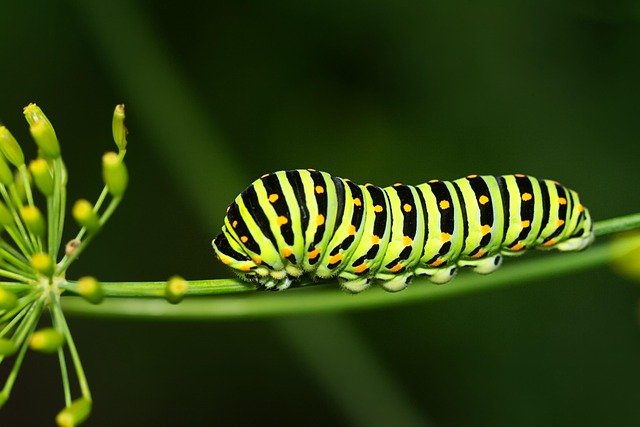
Worms might not seem exciting, but they’re super helpful for the planet. Earthworms live underground and help mix up the soil so plants can grow better.
They don’t have legs or arms, but they move by stretching and squeezing their bodies. Worms come in many types — some live in water, others in soil, and some are even too small to see without a microscope.
Why Do Scientists Classify Animals?
You might be wondering — why do scientists care so much about naming animals and sorting them into groups? Isn’t it enough to just know what a lion or a jellyfish is?
The truth is, classification is much more than naming. It’s a powerful way to understand the world, solve problems, and protect life — including human life.
Here’s how.
It Helps Us Understand How Life Works
When scientists group animals by how they look, move, eat, and grow, they begin to see patterns. These patterns tell us how animals are related, how they evolved, and how life on Earth is connected like a giant family tree.
By studying birds, for example, scientists discovered they are closely related to dinosaurs. That’s a huge clue about how species change over time and how animals adapt to survive.
It Helps Us Protect Animals and Ecosystems
Many animals are in danger because their homes — forests, oceans, rivers — are being harmed. When we know how animals are classified, we can spot patterns in where they live and what they need to survive.
For example, if several amphibians in one area start disappearing, it’s a sign that something is wrong with the water or land there. Scientists can then act quickly to protect those animals and fix the problem.
By understanding how animals are grouped, we can better protect habitats, watch for changes, and save endangered species.
It Helps Us Discover New Medicines and Tools
Nature is full of secrets — and some animals hold the key to important discoveries.
Some sea creatures have chemicals in their bodies that can help fight diseases. Certain insects and animals have special ways of healing wounds, surviving without water, or moving without making noise — and scientists learn from these features to create new medicine, technology, or even robotics.
But to find these secrets, scientists need to know what animals are out there, how they’re grouped, and what they’re related to.
It Helps Us Teach and Learn Better
When kids and grown-ups learn about animals through classification, they understand more deeply how the natural world fits together. It’s easier to remember and compare animals when we know their groups.
Instead of trying to memorize a million names, students can learn about the five groups of vertebrates, then dive deeper. This helps build strong knowledge step by step — and makes science feel doable and fun.
Discovering New Creatures: When Science Meets Surprise
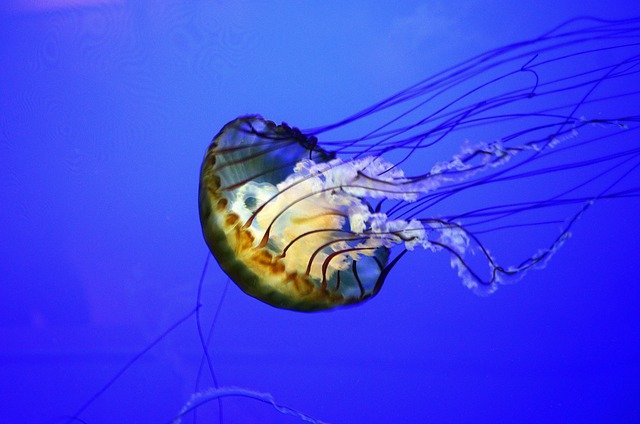
Even though scientists have named over a million animal species, they believe there are millions more still waiting to be discovered — especially in places like deep oceans, dense rainforests, and underground caves.
Every year, new animals are found — some tiny, some glowing, some with amazing features never seen before. When this happens, scientists have to study them carefully to figure out: Where do they fit? And sometimes, they don’t fit anywhere. That’s when things get really exciting.
What Happens When a New Animal Is Found?
Let’s say a scientist exploring a rainforest finds a tiny creature that no one’s ever seen before. First, they observe it. How does it move? What does it eat? Does it have bones? Wings? Fur? Feathers?
Then, they compare it with animals they already know. Maybe it looks like an insect but has eight legs. Maybe it swims like a fish but breathes air. The scientist takes notes, collects samples (safely and carefully), and studies it in a lab.
If it’s truly new, the scientist gives it a name, often in Latin, and publishes their findings so others can read and learn. That’s how new species are added to the animal kingdom.
When Animals Don’t Fit the Rules
Most of the time, animals fit nicely into the groups we’ve talked about — mammals, birds, insects, and so on. But sometimes, animals break the rules.
Take the platypus, for example. It’s a mammal — it has fur and feeds its babies with milk — but it also lays eggs and has a beak like a duck! When scientists first saw it, they thought it was a prank. But it’s real — and it taught us that even in science, there’s always room for surprises.
These odd creatures help scientists rethink what they know and often lead to new questions and discoveries.
Why Discovery Matters
Every time a new animal is found, it’s a reminder that Earth is full of mystery. But it also means we have to be careful — because we might lose creatures before we even know they exist.
That’s why exploring nature, learning about animals, and protecting their homes is so important. The more we know, the more we can care — and the more we care, the more life on Earth can thrive.
How Debsie Makes Animal Science Fun, Simple, and Unforgettable

At Debsie, we believe that learning about animals isn’t just about facts — it’s about wonder. When a child looks at a butterfly and wonders where it came from, or sees a lizard and asks what it eats, that’s a spark. And we’re here to turn that spark into a flame of lifelong curiosity.
Here’s how we do it.
From Classifying to Exploring
Instead of asking kids to just memorize big words like “mammal” or “invertebrate,” we take them on a journey of discovery. In every class, we show real pictures, videos, and stories of animals from around the world — and ask fun, simple questions like:
- What makes a fish different from a frog?
- Why don’t spiders count as insects?
- What do whales and humans have in common?
These questions get kids thinking, talking, and discovering the answers for themselves. They don’t feel like they’re learning — they feel like they’re unlocking mysteries.
Learning Through Play and Hands-On Activities
Debsie teachers use games, crafts, role-play, and experiments to help kids feel what it means to be part of the animal world. Kids act out animal movements, build food chains with toys, sort creatures with pictures, and even make their own “mini zoos” of classified animals.
Every activity is built to match their age and level. Whether they’re five or fifteen, they learn in a way that makes sense to them — and sticks.
Guided by Passionate, Patient Teachers
Our teachers don’t just know science — they love sharing it. Every Debsie class feels personal, warm, and full of energy. Children feel safe to ask questions, make guesses, and think out loud.
No one gets left behind. Whether your child is shy, talkative, fast-moving, or needs a little more time, our teachers meet them where they are.
We create a space where every child feels like a scientist, not just a student.
Building Confidence Beyond Science
When kids learn to classify animals, they’re not just learning biology. They’re building smart thinking habits — like noticing patterns, asking better questions, comparing ideas, and drawing conclusions. These are the same skills they’ll use in writing, reading, math, and even solving problems in life.
At Debsie, we help kids see how smart they already are — and how learning can make them even stronger, kinder, and more curious.
Final Thoughts: A World Full of Creatures and Curiosity
The animal kingdom is more than a list of names or a chart on a classroom wall. It’s a living, breathing story of Earth’s amazing creatures — from tiny ants to giant whales, from jellyfish with no bones to birds that soar across the sky.
When scientists classify animals, they’re doing more than sorting. They’re helping us understand how life connects, how it grows, and how to protect it. Every group — mammals, fish, birds, insects, and all the rest — teaches us something different about survival, teamwork, and beauty in nature.
For kids, learning about the animal kingdom isn’t just a science lesson. It’s a way to see the world with new eyes. It’s how they learn to ask smart questions, look closer, think deeper, and care more about the planet we share.
At Debsie, we make that learning come alive — in ways that feel personal, powerful, and joyful. Every child has a curious heart and a sharp mind. Our job is to nurture both.
Read Next:
